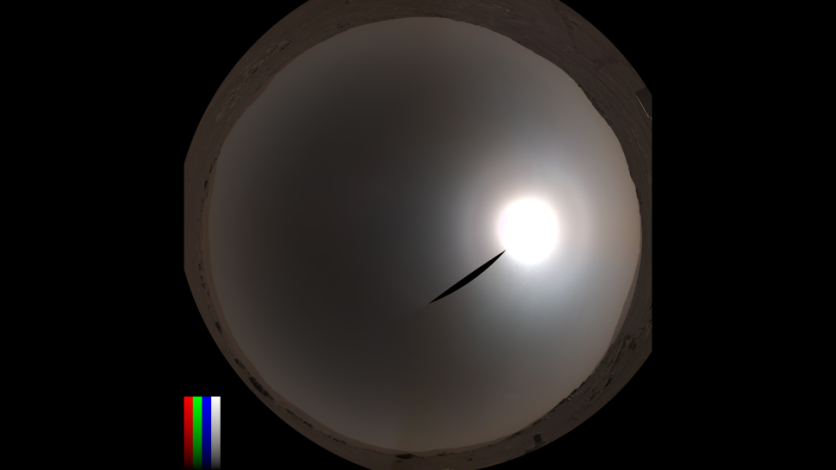Scientists had already given up hope of ever seeing a sun halo, which would be rendered a rare phenomenon on Mars until NASA's Perseverance rover discovered it.

Surprise Sun Halo
According to Space.com, when conditions are ideal, ice crystals in the atmosphere on Earth can bend sunlight to give the impression of a bright spot or halo surrounding the sun. A comparable optical trick has also long been believed by scientists to be possible on other planets.
However, despite several robotic explorations on the Martian surface and its skies, scientists had never found any sun halo on the Red Planet.
Mark Lemmon, a planetary scientist at the Space Science Institute, a nonprofit research organization in Boulder, told Space.com that Perseverance surprised them with photographs taken in December showing a sun halo.
"I looked at that and I thought, 'I'm gonna have a hard time finding an explanation for this.' Because everything has been a false alarm, and that just looks so much like a halo that I thought it was going to be a lot of work to figure out what was really going on," Lemmon said in a statement.
Even on Earth, there must be specific circumstances for a halo to form around the sun. Sun halos can also occur on Earth, but viewing them is tricky. Sunlight must come into contact with pencil-shaped ice crystals circling around Earth's atmosphere, typically in the form of thin cirrus clouds located extremely high up.
Calculating the Halo's Size
The halo's size is determined by the hexagonal configuration of water-ice crystals at 22 degrees from the sun or roughly the width of two fists held at arms' length, according to Space.com.
Since carbon dioxide is far more prevalent on Mars than water, the researchers calculated the size of the halo that dry ice crystals would produce, but their calculations didn't match what Perseverance had observed. Lemmon and his colleagues tried other measurements, but they also failed.
They looked into whether the camera could have formed the brilliant ring, but the feature didn't match similar artifacts in other photographs.
In addition, the bizarre image was one of a series of five pictures Perseverance took while panning over the sky; the sun and halo both appeared in three of the pictures, each time in a different location within the frame.
Scientists have spent decades researching the Martian atmosphere. Hence, Perseverance has a small weather station, and its cameras are not constantly pointing at the ground.
Furthermore, the existence of a halo around the sun does teach scientists something about the atmosphere of Mars, particularly the fact that ice crystals can grow larger than those that researchers have directly observed.
However, Lemmon is hesitant to make any generalizations because he has only one example of working with.
You can access the full study here.
This article is owned by Tech Times
Written by Joaquin Victor Tacla
ⓒ 2025 TECHTIMES.com All rights reserved. Do not reproduce without permission.




